

Youth Movements
Wolf Cubs
On the census of 1841 several children as young as 9 years can be seen in employment. Unless they were of a wealthy family children had very little leisure time.
In 1883 William Alexander Smith started the interdenominational Christian organisation
the Boys Brigade. Soon the movement spread across Britain. from its beginning in
Glasgow . It’s aim was to promote “habits of Obedience, Reverence, Discipline, Self-
Lieutenant General Robert Baden Powell was an admirer of the Boys Brigade movement and thought it a good idea to train young boys in scouting skills to enable them to help their community in times of emergency and to prepare them for military service. He had been greatly helped by a group of youths who had carried messages when Baden Powell and his men were trapped in Mafeking. So he took a group of boys to Brownsea Island in 1907 to try out the skills he was to outlined in his book “Scouting for Boys”. The book appeared in fortnightly parts and attracted boys across Britain. In 1910 Cub Scouts and Rover Scouts were introduced.
Edward JOHNSON was a keen Cub Scout in the Pack which met in All Saints Church Stechford he enjoyed the summer camps one in Malvern and another in Sutton Colefield. He revisited the Sutton Colefield site when he took Hazel, then a Girl Guide, to the Baden Powell Centenary World Jamboree held there in 1957.
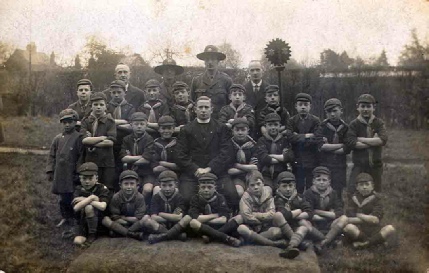
All Saints Pack about 1924/25 at camp in Sutton Colefield notice the pack totem.

All Saints Stechford at camp in Great Malvern Edward is back row 4th from the right.
Girl Guides
Girl Guide movement was introduced in 1910, with a junior movement originally called Rosebuds starting in 1914 They later changed the title to Brownie Guides.
Daisy PRATT was very happy in the guides and enjoyed making her own uniform including her camp hat which was stiffened with sugar water. The 5 patrol leaders of her company were sent to North Wales with a neighbouring R.C. Company. This gave her a rare break from the domestic chores helping to look after so many little brothers.
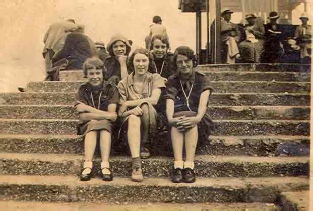
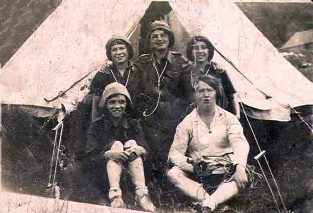
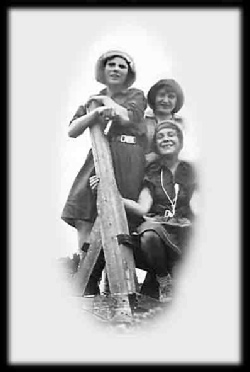
Daisy at the top of the stile.
Restored by Lady-
Ivy May FROUD [9489] was an early Guide leader in Berkshire.
St John’s Ambulance
Other Youth movements gradually appeared so as young people had more leisure time they also had more opportunities to join others in their favourite pass times One notable one was the Cadets of the St John’s Ambulance which formed in March of 1922. Frederick Thomas McMULLIN belonged to the Railway Unit of the Brigade so it was not surprising that his son should join the local unit. These photographs were taken about 1933
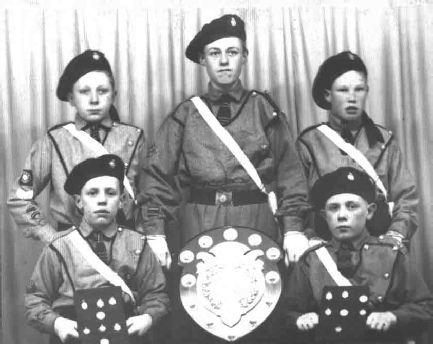
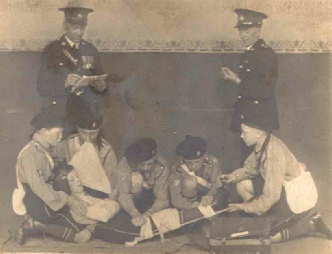
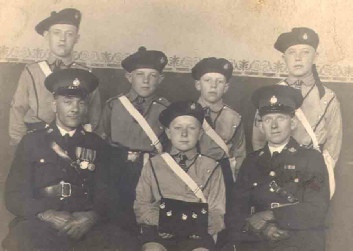
Site layout and content © 2007-